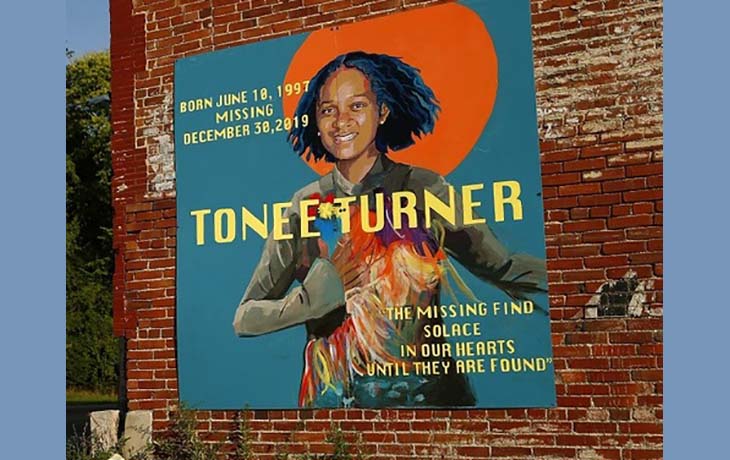TONEE TURNER WAS REPORTED MISSING IN 2019. SHE HAS YET TO BE LOCATED.
When Black women go missing, why doesn’t the media care as much?
by Zach Petroff, For New Pittsburgh Courier
It has been more than 1,140 days since Tonee Turner was last seen.
On a Monday, around 6 p.m., Turner left the Dobra Tea shop in Squirrel Hill to catch a bus back to where she lived in Hazelwood. The bus driver reported seeing Turner get off the bus, as she usually did, on Gidding Street.
She has not been seen since.
There have been few developments on the whereabouts of the then 22-year-old Black woman.
Turner’s disappearance garnered little national media attention, despite having similar circumstances to other, more mainstream stories involving missing women. The reason for the lack of national attention? Some say it could very well be the fact that Turner is not White.
“Missing White Woman Syndrome,” a phrase coined by the late Gwen Ifill, the first Black woman to host a nationally televised U.S. public affairs program on PBS, described the tendency of media to focus coverage of missing-person cases that involve young, traditionally attractive, upper- and middle-class White women rather than women of color. On Feb. 3, Duquesne University hosted a panel discussion on Missing White Woman Syndrome with investigative, media and ethical considerations.
Understanding and assessing this sociological blind spot could help evaluate, and perhaps help to curb, the alarming violence occurring against Black women in the Pittsburgh area.
It can also combat the biases in society that put an emphasis on the value of White women over Black women. “I think anytime when you see women, especially women of color, being killed or victims of homicide it is alarming,” said Kathi Elliott, executive director of Gwen’s Girls. “Historically this group has often been overlooked when tragedy or death or homicides have happened.”
GWEN’S GIRLS EXECUTIVE…
Read the full article here





